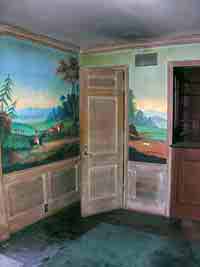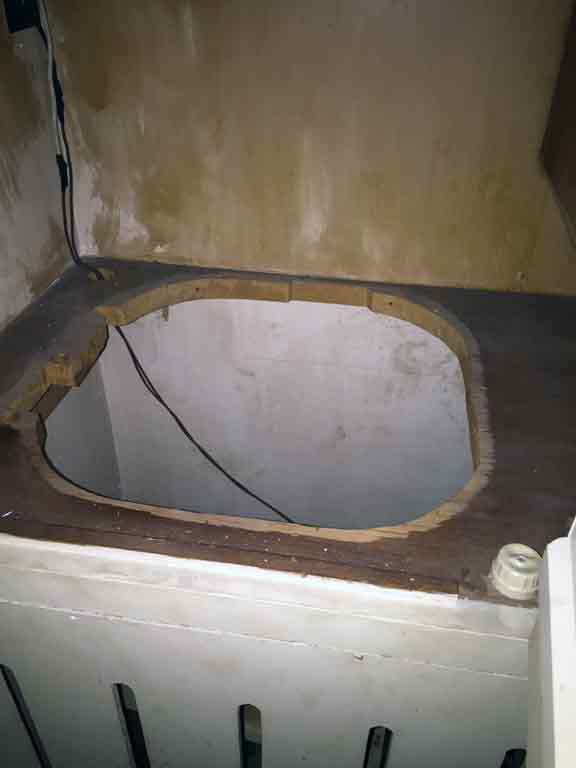Capehart Installation in the home of Barbara Stanwyck
17/03/15 15:07
In 1937, Barbara Stanwyck commissioned noted architects Paul Williams and Robert Finkelhor to design a ranch home for the thoroughbred horse breeding and training facility that she was building with her agent Zeppo Marx.

Incorporated into the design of the home, next to the bar, was a Capehart. The Capehart was a popular choice in home entertainment within the film industry. The Capehart was most commonly offered in elaborate cabinets made with exotic woods and fine finishes. In custom installations, such as this one, the equipment was incorporated into a concealed location without benefit of a fine cabinet. In the Stanwyck home, the record changer, radio and amplifiers were placed into simple plywood enclosures inside a closet. Racks for record storage flanked the equipment, and the opposite side of the closet contained racks for wine storage. Remote speakers and amplifiers allowed the system to play throughout the home.
After only a few years, the home was sold to Jack Oakie, the well known comedic actor. The Oakies remained in the house for the next 60 years, at which point the property was given to USC. During the stewardship of USC, the Capehart equipment, along with light fixtures and doorknobs were all stolen from the property. Today, the property is owned by the City of Northridge and will refurbished for use as a community center and park.

The closet that once housed the Capehart to the left of the bar.

The platform that once held the Capehart record changer.
Additional information regarding the Stanwyck/Oakie estate can be found here.

Incorporated into the design of the home, next to the bar, was a Capehart. The Capehart was a popular choice in home entertainment within the film industry. The Capehart was most commonly offered in elaborate cabinets made with exotic woods and fine finishes. In custom installations, such as this one, the equipment was incorporated into a concealed location without benefit of a fine cabinet. In the Stanwyck home, the record changer, radio and amplifiers were placed into simple plywood enclosures inside a closet. Racks for record storage flanked the equipment, and the opposite side of the closet contained racks for wine storage. Remote speakers and amplifiers allowed the system to play throughout the home.
After only a few years, the home was sold to Jack Oakie, the well known comedic actor. The Oakies remained in the house for the next 60 years, at which point the property was given to USC. During the stewardship of USC, the Capehart equipment, along with light fixtures and doorknobs were all stolen from the property. Today, the property is owned by the City of Northridge and will refurbished for use as a community center and park.

The closet that once housed the Capehart to the left of the bar.

The platform that once held the Capehart record changer.
Additional information regarding the Stanwyck/Oakie estate can be found here.